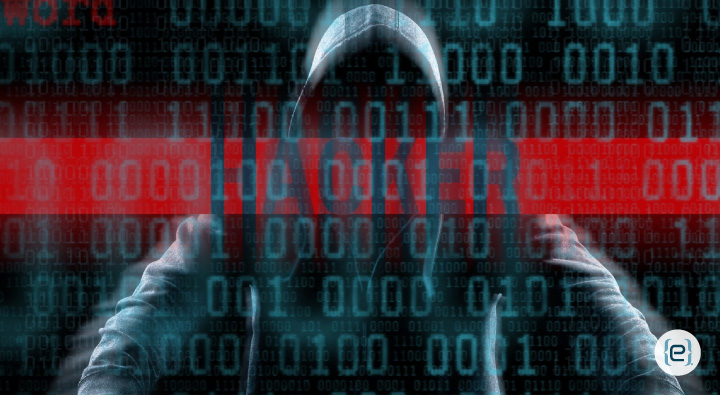Understanding Side-Channel Attacks: A Comprehensive Guide


Understanding Side-Channel Attacks
Side-channel attacks pose a significant threat to computing systems by exploiting information leakage during computation. They bypass traditional software vulnerabilities and instead focus on physical signals like timing data, power consumption, electromagnetic emissions, and sound. These attacks target cryptographic systems, secure hardware, and other digital domains, necessitating proactive defenses for your organization.
Impact of Side-Channel Attacks
When computers perform operations, they emit subtle signals, such as execution time, power usage fluctuations, or component sounds. These signals can unknowingly provide attackers with valuable information. A side-channel attack occurs when an adversary captures and analyzes these signals to infer what the system processes.
These attacks are non-invasive, meaning they don’t install malware or modify system files. However, they can target:
- Keys: By extracting cryptographic algorithms.
- PINs/Passwords: By intercepting keypad inputs.
But how can a bad actor exploit shared resources, such as cloud services, to extract private data?
Types of Side-Channel Attacks
- Timing Attacks: These attacks exploit the time taken by a device to execute operations, potentially leaking information about cryptographic keys.
- Power Analysis Attacks: By monitoring a device’s power consumption during computations, attackers can reveal secret encryption keys.
- Simple Power Analysis (SPA): Monitors power during specific tasks.
- Differential Power Analysis (DPA): Compares power traces from multiple runs to discover patterns.
- Electromagnetic (EM) Attacks: Devices generate electromagnetic waves during data transmission, which attackers can capture to extract cryptographic keys or passwords.
- Acoustic Side-Channel Signals: These attacks capture sound emissions from devices, such as keystrokes, using machine learning to identify keys.
- Cache Side Channels: Targeting shared cache memory in systems like virtual machines, these attacks exploit information leakage across processes.
Examples of Side-Channel Attacks in the Real World
- Spectre and Meltdown (2018): These attacks exploited processor weaknesses to read data from memory belonging to other processes, affecting cloud services with multiple virtual machines on a single hardware piece.
- TEMPEST Attacks: These attacks use electromagnetic emissions to intercept data from electronic equipment, a threat understood by governments for decades.
- RSA Timing Attack: In older RSA encryption implementations, attackers could extract private keys by analyzing operation timing, revealing key structures.
How to Prevent Side-Channel Attacks
- Constant-Time Algorithms: Implement cryptographic operations in constant time to prevent timing attacks, reducing information inference by attackers.
- Power Consumption Masking: Use randomization techniques or constant power patterns to prevent power usage analysis during sensitive operations.
- Electromagnetic Shielding: Add shielding materials, like Faraday cages, around critical components to block emissions, protecting against electromagnetic attacks.
- Cache Isolation and Partitioning: Implement cache isolation techniques in cloud environments to prevent process interference.
- Monitoring Acoustic Emissions: Use noise generators or sound masking devices to prevent acoustic side-channel attacks.
- Software and Hardware Updates: Regularly apply firmware and software patches to protect against processor vulnerabilities like Spectre and Meltdown.
- Limit Physical Access: Implement strict physical security policies to prevent close proximity attacks and unauthorized sensor placement.
Protecting your systems from side-channel attacks requires a multi-layered approach. Contact eMazzanti today to learn how we can help you safeguard your critical data and infrastructure.
Recent Posts
The Rise of AI Agents: Simplifying Tasks and Connecting Technologies
Introducing eCare Bot: Your Intelligent IT Support Assistant In today's fast-paced world, the emergence of…
Server Simplified
At eMazzanti Technologies, we recognize that stable, effective, and expandable servers are essential to the seamless operation of enterprises. For this reason, we collaborate with Hewlett Packard Enterprise (HPE) to offer our clients the best server solutions possible, customized to meet their unique requirements. HPE servers provide the performance and flexibility required for small and big businesses to manage data, support apps, and manage workloads with ease. Customers may choose the best HPE servers for their organization with the assistance of our team of specialists. We take the time to comprehend the particular needs of every client, including those related to processing speed, storage capacity, and security features. Whether our clients require a general-purpose ProLiant server or a…
How to Make Your AI Copy Sound Authentic: Writing Like a Human, Not a Machine
AI writing tools have become popular for creating content quickly. But many readers can spot…
Data Analytics for Old-School Business Owners: Turning Dusty Ledgers into Gold Mines
Data analytics is changing the game for businesses of all types, including old-school industries that…
Windows Snipping Tool Tips and Tricks: Mastering the Art of Screen Capture
The Windows snipping tool is an extremely convenient utility for capturing screenshots quickly. It serves…
Harry Potter with a Lightsaber: A Wizard’s Guide to Space Magic
What if Harry Potter swapped his wand for a lightsaber? Explore the hilarious and chaotic…


